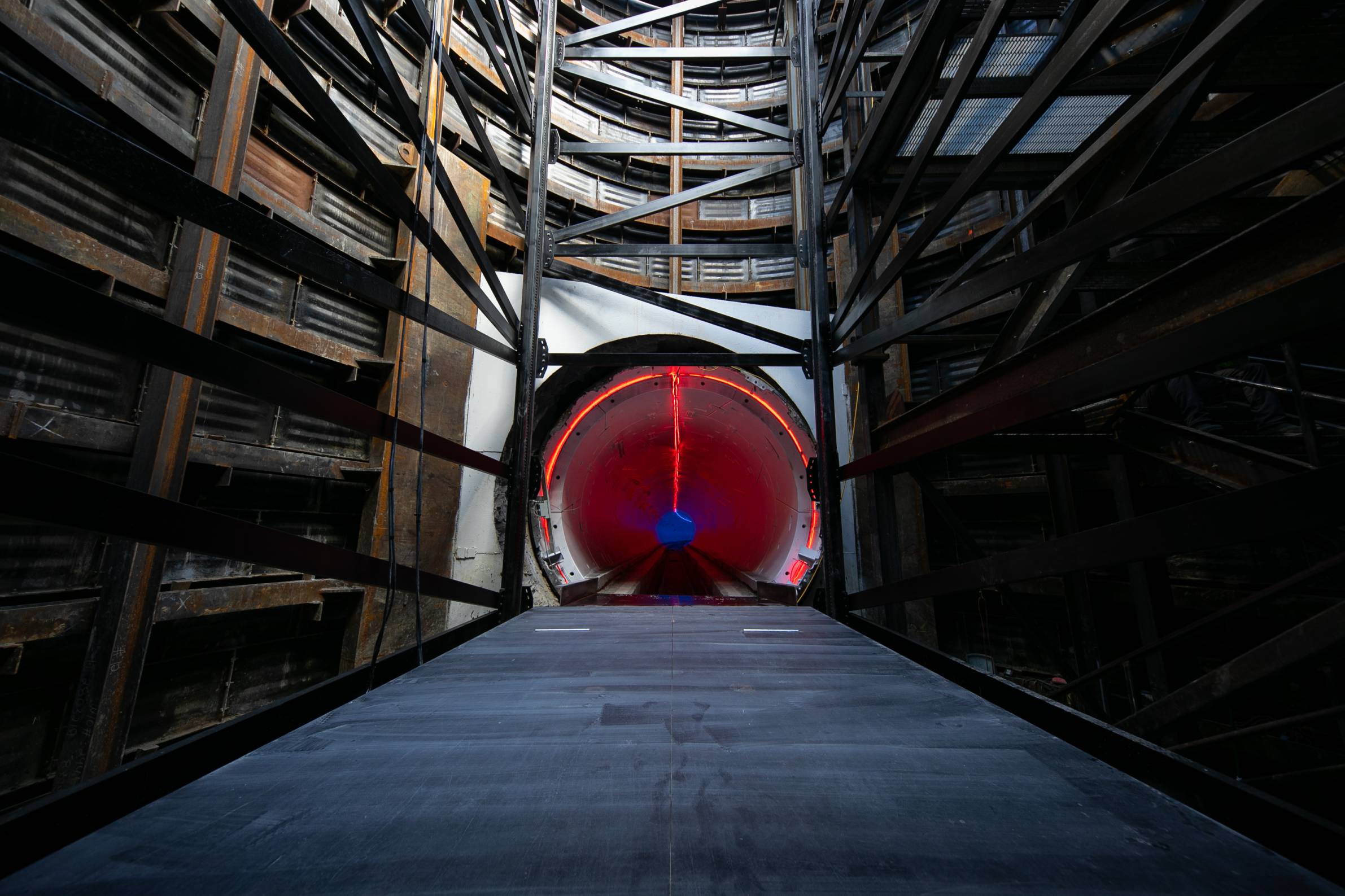
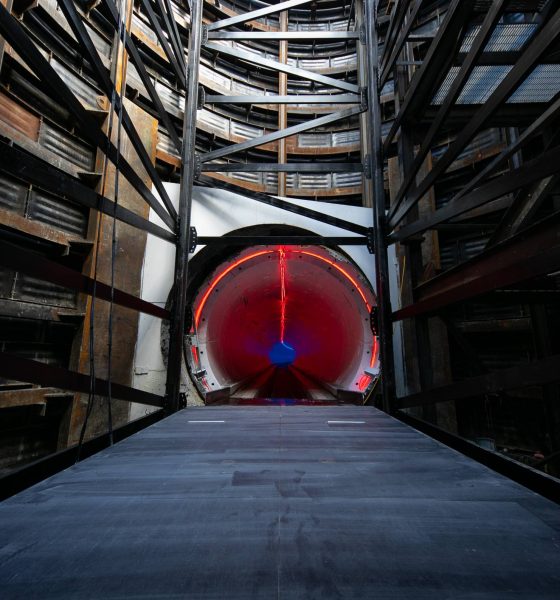
News
The Boring Company skeptics are making the same mistakes as Tesla and SpaceX critics
The Boring Company is truly becoming an Elon Musk-founded company in more ways than one. Apart from developing quite rapidly for a startup of its nature, the tunneling firm is also receiving quite a lot of criticism from avid skeptics, many of whom seem to be under the impression that the Boring Company’s projects are pointless, or badly-planned at best.
Earlier this month, CNN Business published a piece on The Boring Company’s Las Vegas Convention Center loop system, which is poised to be opened early next year. The project was granted a $48.6 million contract but is expected to cost a total of $52.5 million, and it involves two mile-long tunnels where Teslas could ferry passengers from one side of the Las Vegas Convention Center complex to the other.
Needless to say, several individuals consulted by the news agency were extremely skeptical of The Boring Company’s vision. Christof Spieler, a lecturer at Rice University who researches transit and urban planning, sharply criticized the tunneling startup’s concepts, arguing that the Loop system seems poorly thought-out. “These feel like the kind of renderings an architecture student would do for their one-semester project. I don’t see any evidence that this has really been thought through in terms of how it would function,” he said.
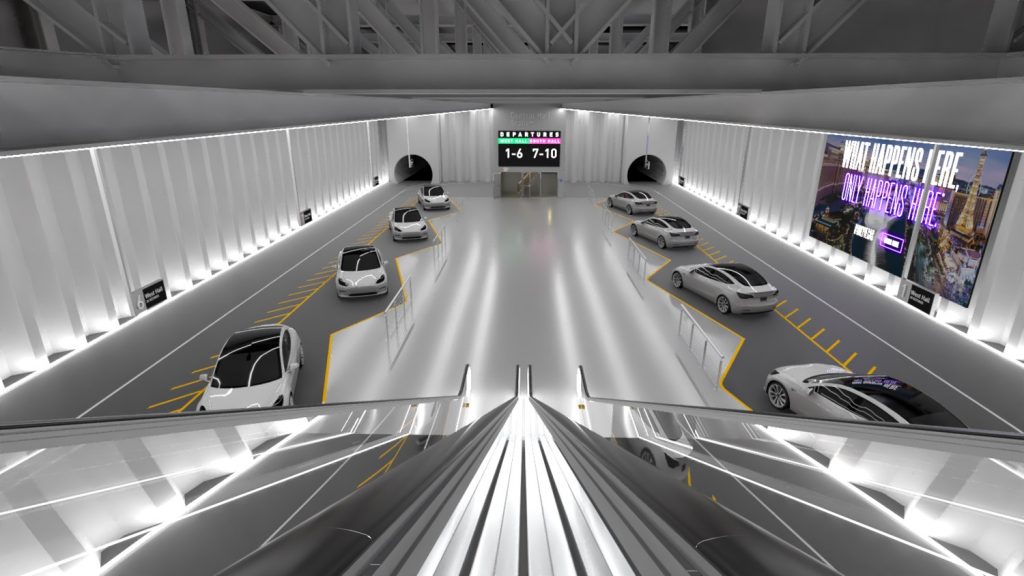
Explaining further, Spieler remarked that the LVCC Loop’s renderings make the system look more like taxi-loading areas. With such a system in place, the lecturer noted that issues would likely arise when the system is in operation, such as cars jockeying past each other to pull in and out, which would, in turn, adversely affect the system’s operations. He also noted that the renderings do not seem to show any barriers that would block unauthorized cars from entering the tunnels.
Ultimately, Spieler noted that a standard people mover is still a superior solution, as passengers do not need to duck to board vehicles and they could also hold their luggage instead of accessing a car’s trunk. “It seems like car-thinking applied to a transit problem that we already know how to solve,” he said.
Gerry Tierney, who co-directs the mobility lab at Perkins&Will, which has designed transit systems in North America and the Middle East, was bolder in his criticism of The Boring Company. He took issue with the system’s use of Teslas, calling the idea “comically inefficient” and refusing to call the LVCC Loop a transit system. “This is not a transit system. It’s a system for driving electric vehicles underground,” he said, adding that Musk’s idea is pretty much what would happen if intricate transit systems like the London Underground replaced its subway trains with cars.
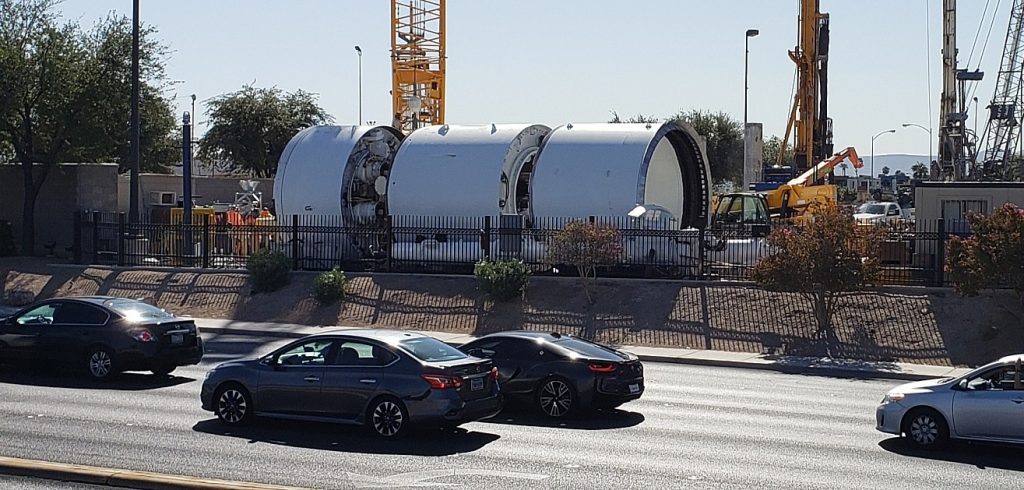
While The Boring Company’s technology is yet to be proven, it also seems pretty careless to completely discount the LVCC Loop’s potential even before it could be tested. The Boring Company and its technology are not being developed by a random group of unqualified individuals, after all, and Elon Musk himself has proven over the years that even conventionally insane ideas–such as landing the first stage of an orbital rocket on a drone in the middle of the ocean or scaling the production of a mass-market electric car–could be feasible if enough work is put into them.
Overall, the tunneling startup’s skeptics seem to be making the exact same mistakes as those who were also critical of Musk’s previous projects in SpaceX and Tesla. Musk was not joking when he remarked that the idea of using Teslas in tunnels is more profound than it sounds. This is partly because The Boring Company’s innovations are not really its people-movers, it is the tunnels themselves. While the use of all-electric vehicles in the Loop systems is a key part of the Boring Company’s vision, the startup’s true disruption lies in the ways that it could build tunnels far quicker and far cheaper than any other company in the industry.
The Boring Company intends to accomplish these goals with rather simple solutions. Smaller tunnels are faster to build, so the tunneling startup designed its tunnels to accommodate smaller vehicles. All-electric cars are used so that the tunnels do not require an extensive system designed to handle emissions from vehicles that use it. The Boring Company’s tunnel boring machines (TBMs) are also optimized consistently, making them progressively faster and cleaner to use. These may all seem like little adjustments to conventional tunneling practices, but each one represents a step towards a potential future where tunnels could be built at scale rapidly, and perhaps even autonomously.
It is easy to mock or dismiss the ideas of people like Elon Musk and his teams at The Boring Company, SpaceX, and Tesla. But inasmuch as Musk’s companies make it pretty easy to target them due to their goals and nature, SpaceX and Tesla’s history shows that more often than not, it is a mistake to bet against Musk and his team of visionaries, almost all of whom seem to have the tendency to think outside the box by default. As for the Boring Company’s LVCC Loop, there seems to be a good chance that it could outperform expectations, with recent simulations showing that the system could move about 13,000 people an hour, and that’s with the system operating nowhere near their limit.

News
Tesla FSD V14.2.1 is earning rave reviews from users in diverse conditions
Tesla’s Full Self-Driving (Supervised) software continues its rapid evolution, with the latest V14.2.1 update drawing widespread praise.
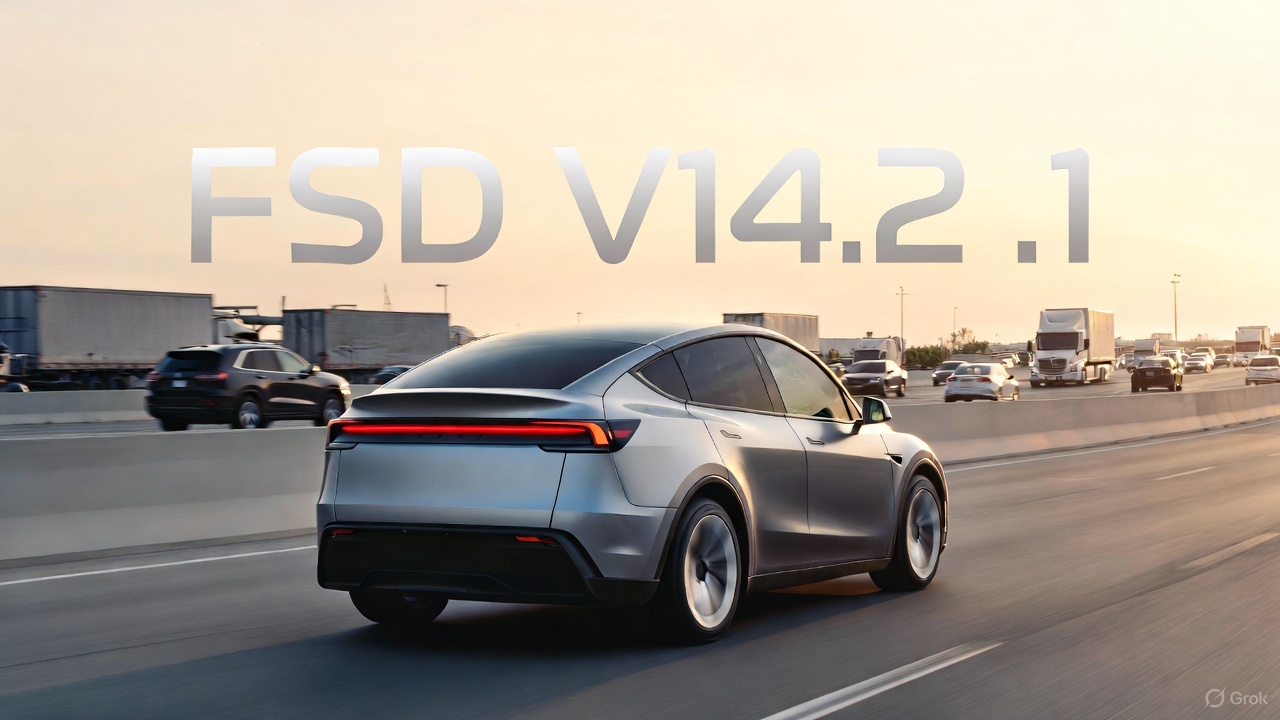
Tesla’s Full Self-Driving (Supervised) software continues its rapid evolution, with the latest V14.2.1 update drawing widespread praise for its smoother performance and smarter decision-making.
Videos and firsthand accounts from Tesla owners highlight V14.2.1 as an update that improves navigation responsiveness, sign recognition, and overall fluidity, among other things. Some drivers have even described it as “more alive than ever,” hinting at the system eventually feeling “sentient,” as Elon Musk has predicted.
FSD V14.2.1 first impressions
Early adopters are buzzing about how V14.2.1 feels less intrusive while staying vigilant. In a post shared on X, Tesla owner @LactoseLunatic described the update as a “huge leap forward,” adding that the system remains “incredibly assertive but still safe.”
Another Tesla driver, Devin Olsenn, who logged ~600 km on V14.2.1, reported no safety disengagements, with the car feeling “more alive than ever.” The Tesla owner noted that his wife now defaults to using FSD V14, as the system is already very smooth and refined.
Adverse weather and regulatory zones are testing grounds where V14.2.1 shines, at least according to testers in snow areas. Tesla watcher Sawyer Merritt shared a video of his first snowy drive on unplowed rural roads in New Hampshire, where FSD did great and erred on the side of caution. As per Merritt, FSD V14.2.1 was “extra cautious” but it performed well overall.
Sign recognition and freeway prowess
Sign recognition also seemed to show improvements with FSD V14.2.1. Longtime FSD tester Chuck Cook highlighted a clip from his upcoming first-impressions video, showcasing improved school zone behavior. “I think it read the signs better,” he observed, though in standard mode, it didn’t fully drop to 15 mph within the short timeframe. This nuance points to V14.2.1’s growing awareness of temporal rules, a step toward fewer false positives in dynamic environments.
FSD V14.2.1 also seems to excel in high-stress highway scenarios. Fellow FSD tester @BLKMDL3 posted a video of FSD V14.2.1 managing a multi-lane freeway closure due to a police chase-related accident. “Perfectly handles all lanes of the freeway merging into one,” the Tesla owner noted in his post on X.
FSD V14.2.1 was released on Thanksgiving, much to the pleasant surprise of Tesla owners. The update’s release notes are almost identical to the system’s previous iteration, save for one line item read, “Camera visibility can lead to increased attention monitoring sensitivity.”
News
Tesla FSD Supervised ride-alongs in Europe begin in Italy, France, and Germany
The program allows the public to hop in as a non-driving observer to witness FSD navigate urban streets firsthand.

Tesla has kicked off passenger ride-alongs for Full Self-Driving (Supervised) in Italy, France and Germany. The program allows the public to hop in as a non-driving observer to witness FSD navigate urban streets firsthand.
The program, detailed on Tesla’s event pages, arrives ahead of a potential early 2026 Dutch regulatory approval that could unlock a potential EU-wide rollout for FSD.
Hands-Off Demos
Tesla’s ride-along invites participants to “ride along in the passenger seat to experience how it handles real-world traffic & the most stressful parts of daily driving, making the roads safer for all,” as per the company’s announcement on X through its official Tesla Europe & Middle East account.
Sign-ups via localized pages offer free slots through December, with Tesla teams piloting vehicles through city streets, roundabouts and highways.
“Be one of the first to experience Full Self-Driving (Supervised) from the passenger seat. Our team will take you along as a passenger and show you how Full Self-Driving (Supervised) works under real-world road conditions,” Tesla wrote. “Discover how it reacts to live traffic and masters the most stressful parts of driving to make the roads safer for you and others. Come join us to learn how we are moving closer to a fully autonomous future.”
Building trust towards an FSD Unsupervised rollout
Tesla’s FSD (Supervised) ride-alongs could be an effective tool to build trust and get regular car buyers and commuters used to the idea of vehicles driving themselves. By seating riders shotgun, Tesla could provide participants with a front row seat to the bleeding edge of consumer-grade driverless systems.
FSD (Supervised) has already been rolled out to several countries, such as the United States, Canada, Australia, New Zealand, and partially in China. So far, FSD (Supervised) has been received positively by drivers, as it really makes driving tasks and long trips significantly easier and more pleasant.
FSD is a key safety feature as well, which became all too evident when a Tesla driving on FSD was hit by what seemed to be a meteorite in Australia. The vehicle moved safely despite the impact, though the same would likely not be true had the car been driven manually.
News
Swedish union rep pissed that Tesla is working around a postal blockade they started
Tesla Sweden is now using dozens of private residences as a way to obtain license plates for its vehicles.
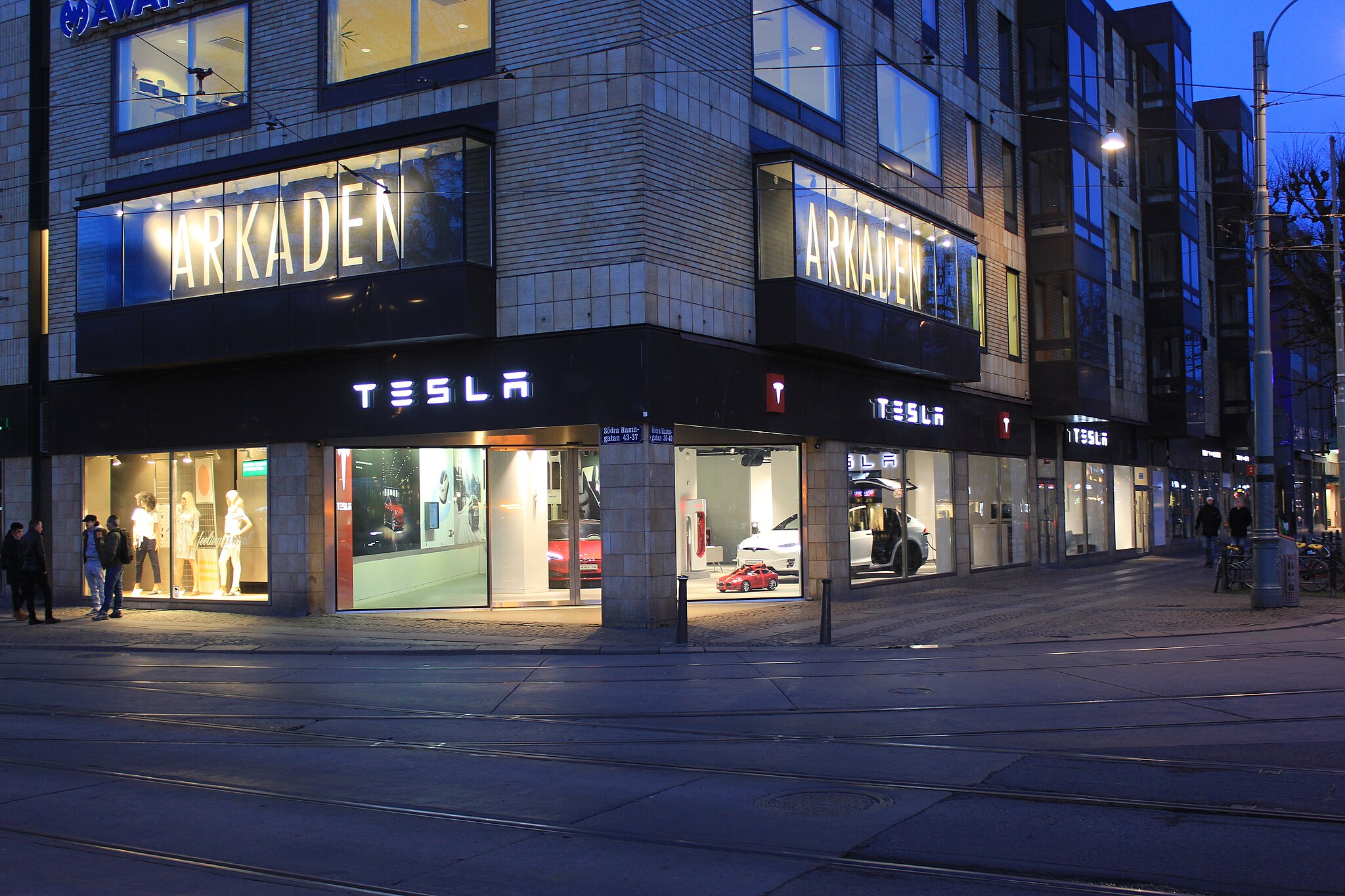
Two years into their postal blockade, Swedish unions are outraged that Tesla is still able to provide its customers’ vehicles with valid plates through various clever workarounds.
Seko chairman Gabriella Lavecchia called it “embarrassing” that the world’s largest EV maker, owned by CEO Elon Musk, refuses to simply roll over and accept the unions’ demands.
Unions shocked Tesla won’t just roll over and surrender
The postal unions’ blockade began in November 2023 when Seko and IF Metall-linked unions stopped all mail to Tesla sites to force a collective agreement. License plates for Tesla vehicles instantly became the perfect pressure point, as noted in a Dagens Arbete report.
Tesla responded by implementing initiatives to work around the blockades. A recent investigation from Arbetet revealed that Tesla Sweden is now using dozens of private residences, including one employee’s parents’ house in Trångsund and a customer-relations staffer’s home in Vårby, as a way to obtain license plates for its vehicles.
Seko chairman Gabriella Lavecchia is not pleased that Tesla Sweden is working around the unions’ efforts yet again. “It is embarrassing that one of the world’s largest car companies, owned by one of the world’s richest people, has sunk this low,” she told the outlet. “Unfortunately, it is completely frivolous that such a large company conducts business in this way.”
Two years on and plates are still being received
The Swedish Transport Agency has confirmed Tesla is still using several different workarounds to overcome the unions’ blockades.
As noted by DA, Tesla Sweden previously used different addresses to receive its license plates. At one point, the electric vehicle maker used addresses for car care shops. Tesla Sweden reportedly used this strategy in Östermalm in Stockholm, as well as in Norrköping and Gothenburg.
Another strategy that Tesla Sweden reportedly implemented involved replacement plates being ordered by private individuals when vehicles change hands from Tesla to car buyers. There have also been cases where the police have reportedly issued temporary plates to Tesla vehicles.









